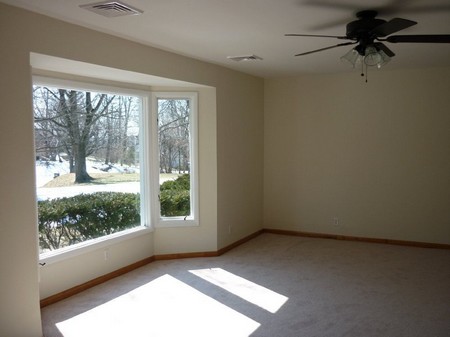Nothing adds life to a home like natural light. Good house design puts most windows on the sunny side of the house and fewer on the cold side in a cooler climate, and vice versa in hot regions.
They’re not easy to recycle so disposal involves either burning—which releases yet more dioxin and other contaminating compounds—or burying. Wooden-framed windows and doors offer a healthier option, often using sustainable wood and natural varnishes.
To make the most of the sun, make sure curtains are properly drawn back to let optimum light in during the day, and use strategically-placed mirrors to reflect light. Light-coloured decor will also brighten a home—but weigh up these benefits against the amount of cleaning products needed to maintain a pristine look, particularly if you have children!
As for full spectrum lights, these may give out slightly higher levels of potentially damaging UV light than normal bulbs. Unless you’re suffering from depression bought on by lack of sunlight (Seasonal Affective Disorder), they’re probably not worthwhile.
DID YOU KNOW?
Kinder candles
The soft glow of candles can really make a room atmospheric and create ambience, but their paraffin content could add unwanted toxins to the air. Beeswax is natural and sweet-burning, but some candles labelled “beeswax” are in fact a blend of beeswax and paraffin. Buying tealights in glass or ceramic holders saves waste—when they’re finished, refill with ready-made candles or make your own with melted beeswax and a wick.
DID YOU KNOW?
Bright idea
Scientists have found a way of making light bulbs that last one hundred times longer than traditional bulbs and consume just 10 per cent of their energy. The same technology could be used to write at least four times more information on CDs and optical disks than is currently possible.
